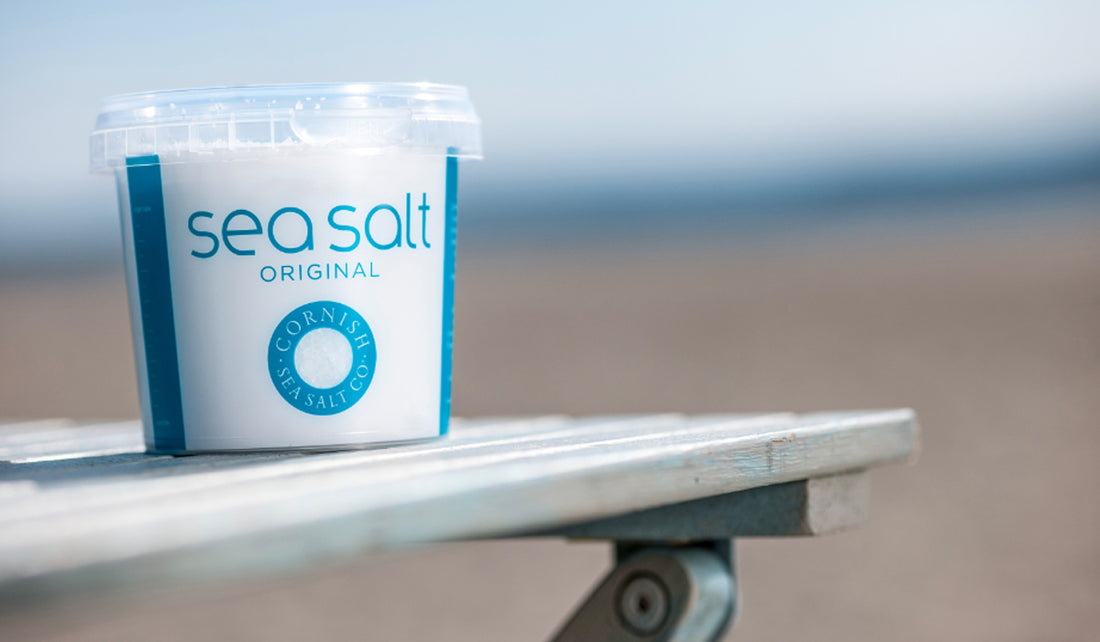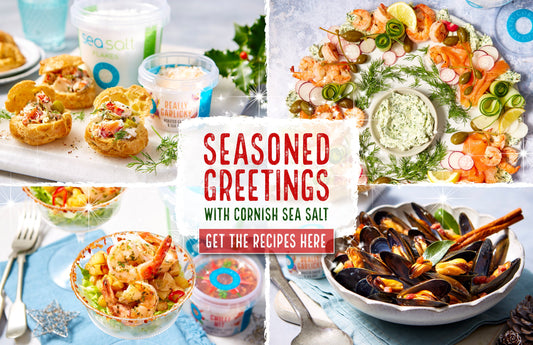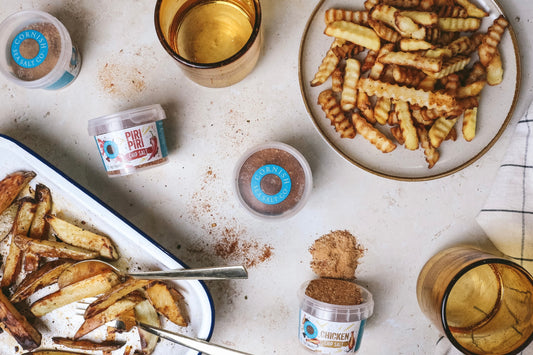“I discovered that there are multitudes of salts in the world … and the the ways to use them are infinite.”
Years later, Mark and his wife opened a shop in Portland, Oregon. The Meadow has walls lined with hundreds of different types of salt in beautiful glass jars, from black diamond flake to Mexican spicy worm, scorpion salt to deep sea Japanese salt.
Needless to say, Bitterman writes off mass-produced salt: “There is no equating industrial salt with artisan salt. Think of industrial salt as you would think of open-heart surgery: use it only if your life depends on it.”
Artisan salts may be staging a huge comeback, but there is still a lot of work to be done on changing our salt habits in the home.
So what, according to the author of Salted: A Manifesto, can we do to become better users of one of the world’s most precious and healthy minerals?
- Throw out your commercial salt because, “Once you start using artisan salt, you will never go back to refined salt.”
- Have at least one artisan salt in your cupboard (although twelve is king according to Mark). Make this a coarse traditional salt or a variety of sel gris.
- Eat all the salt you want, as long as you are the one doing the salting. 75% of salt consumption comes from processed foods and only 15% from the salt we add ourselves.
- Add salt, when possible, towards the end of cooking. For the simple reason that you get more flavour.
- Use only natural and unrefined salts. You will get better nutritional and flavour value.
- Salt mindfully. Bitterman believes in challenging habits and using salt as an opportunity rather than a routine. “Never salt by rote. Aim to make whatever you are cooking better than the last time.”
- Store your salt properly. Salt dries out and becomes hard and brittle. It should be stored in an airtight container. Preferably glass.
- Get into the art of using salt as a finisher: choose your artisan salt, scatter it across the surface of your food, and eat.
- Get in touch with your salt, literally. Learn to measure your salt in pinches, not teaspoons and begin to understand taste and quantities.
- Buy unsalted butter and add artisan salt to taste.



